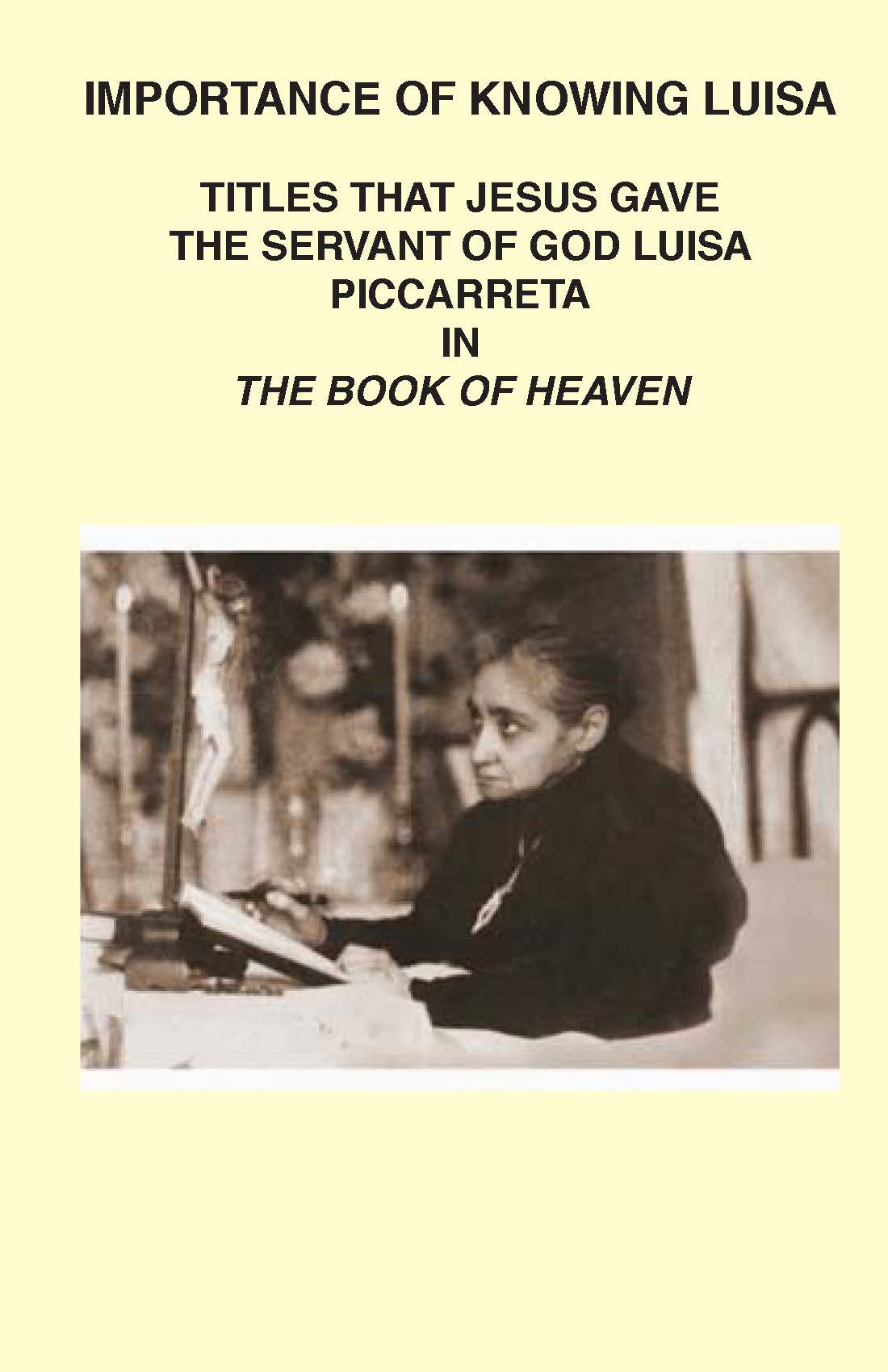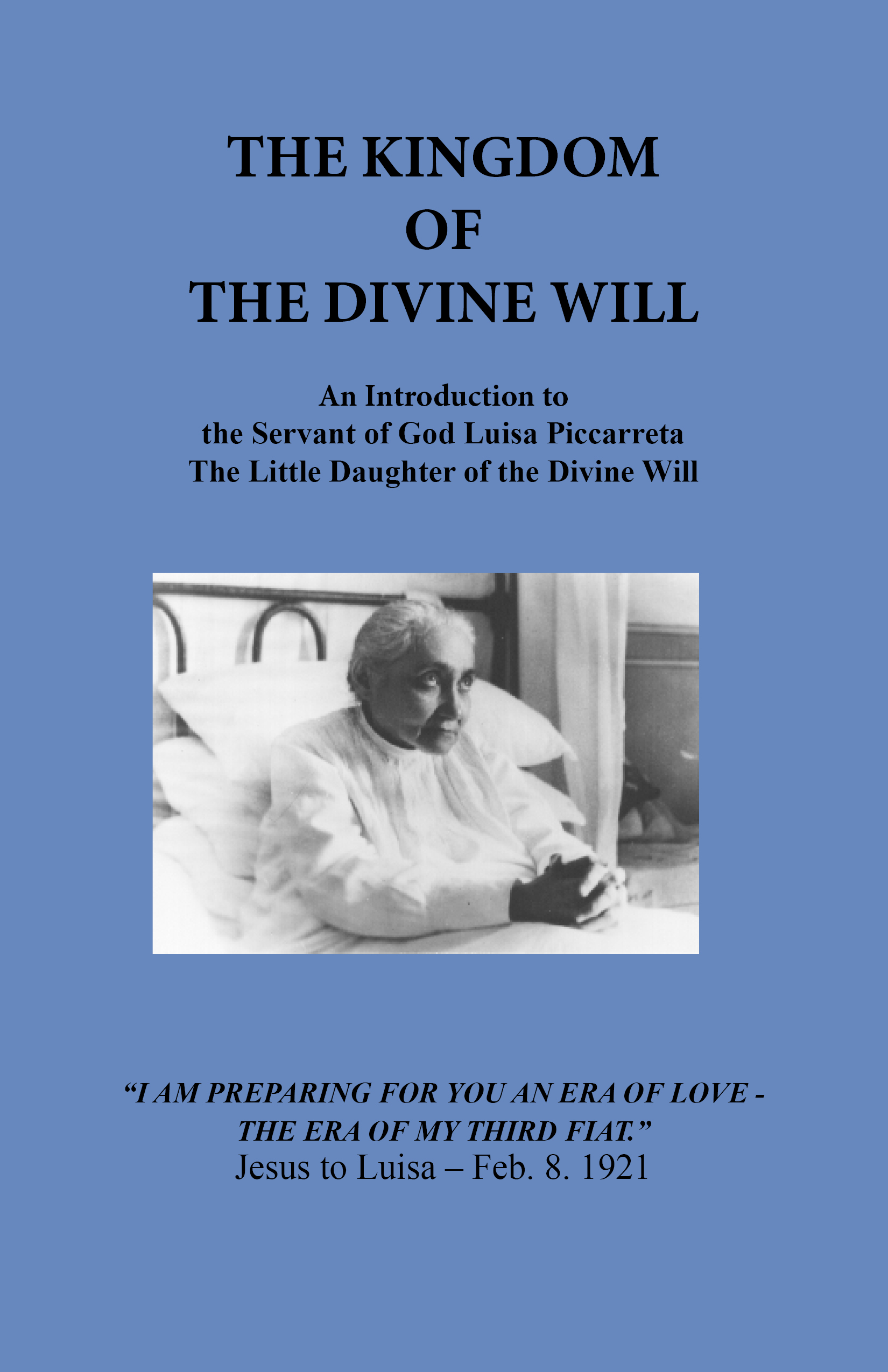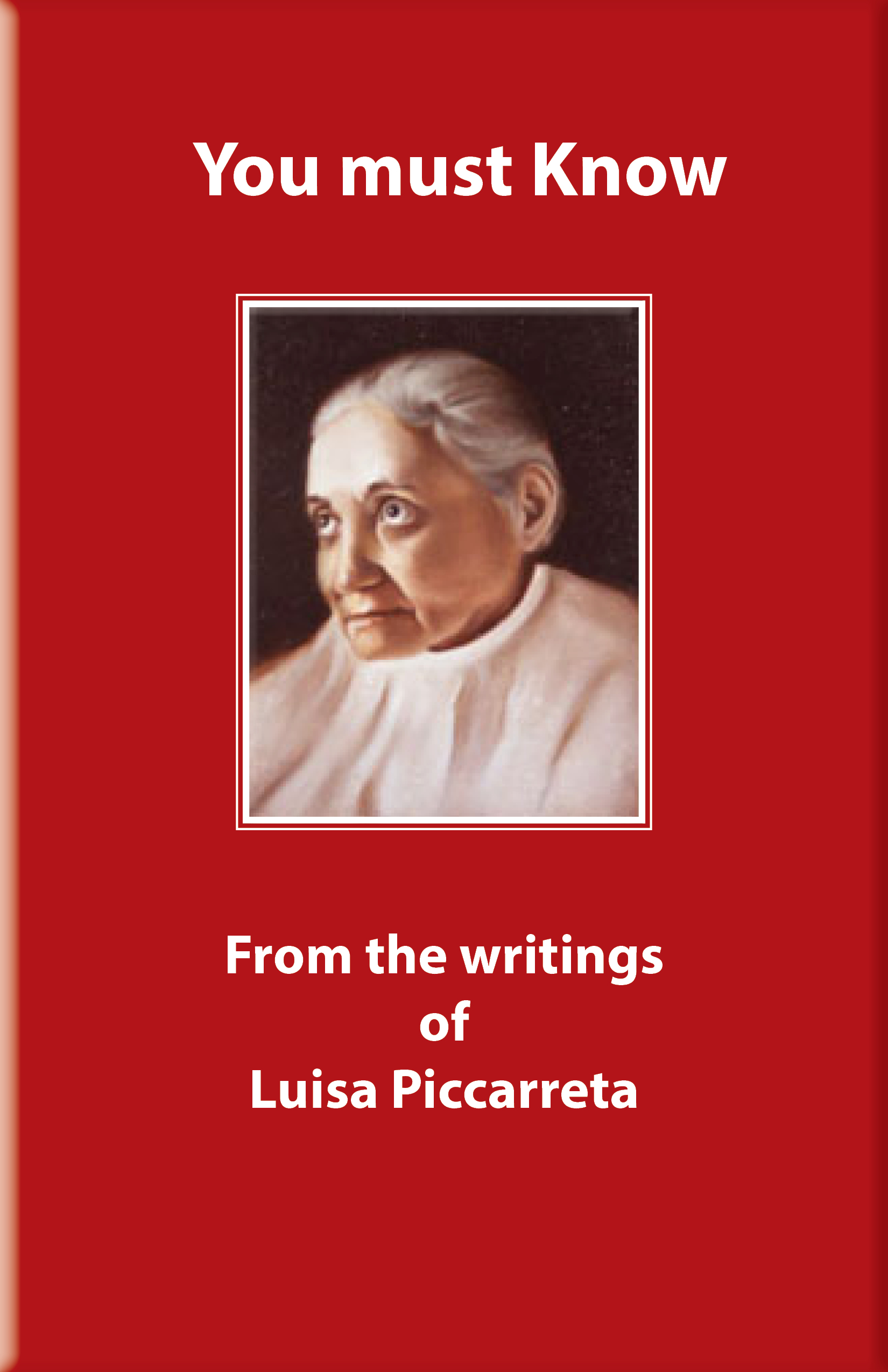The Latin name of today’s feast in the Tridentine Missal and Breviary is “Sancti Petri ad Vincula”, which is translated literally as “the feast of St Peter at the chains”, not “the feast of St Peter’s chains” or “of St Peter in chains.” This title is found in the oldest liturgical books which attest to it, and even earlier, in the list of the station churches given by the lectionary of Wurzburg, from the mid-seventh century. (Stations are kept there on the Mondays of the first week of Lent and the Pentecost octave.)
 |
|
The beginning of the calendar for August in the Echternach Sacramentary. (895 A.D.; Bibliothèque nationale de France, Département des manuscrits, Latin 9433) “On the Kalends of August, (the feast of) St Peter at the chains, and the birth of the seven Maccabee brothers with their mother.”
|
Like many specifically Roman feasts, it began as the dedication feast of a basilica, which in this case is located on the Esquiline hill, within sight of the Colosseum. When a city has more than one church dedicated to the same Saint, they are often distinguished from each other by nicknames; the appellation “at the chains” would therefore serve to distinguish it from the Vatican basilica. Its great antiquity is demonstrated by the fact that it was restored by Pope Sixtus III in the 430s; an inscription which records the restoration mentions that the building was already considered old, and that the Pope re-dedicated it to both Apostolic founders of the See of Rome.
The breviary refers very obliquely to a tradition stated more explicitly in the Golden Legend and elsewhere, namely, that the Romans dedicated the month of August to honoring the Emperor Augustus’ memory, and that this second feast of St Peter was created to supplant this holiday. It is true that the Latin names for the seventh and eighth months of the year were originally “Quintilis” and “Sextilis”, and that the Emperor Augustus renamed the former for his adoptive father, Julius Caesar, and the latter for himself. However, it is not likely that the cult of “the divine Augustus” was so vibrant in the mid-5th century as to require serious opposition from the Church. There are 32 days between June 29th, St Peter’s principal feast day, and August 1st; this perhaps suggests the tradition that Peter was bishop of Antioch for seven years, and bishop of Rome for twenty-five, a total of 32 as the visible head of the Church, one less than the 33 years of Our Lord’s earthly life.
The breviary lessons for the feast day also give the traditional story of the church’s famous relic. When the Empress Eudocia, the wife of Theodosius II, went to Jerusalem in the year 438, she received as a gift the chain by which St Peter was held in prison under King Herod, as narrated in the Epistle of the feast day, Acts 12, 1-11. She then sent it to her daughter Eudoxia in Rome, who in turn presented it to the Pope. When it was exposed for the veneration of the faithful together with the chain by which Peter had been held during his imprisonment in Rome under the Emperor Nero, the two chains were miraculously united, so as to appear to be a single chain.
For more go to: http://www.newliturgicalmovement.org/2020/08/liturgical-notes-on-feast-of-st-peters.html#.XyYJPTV7ncs



















